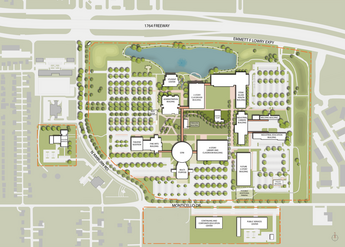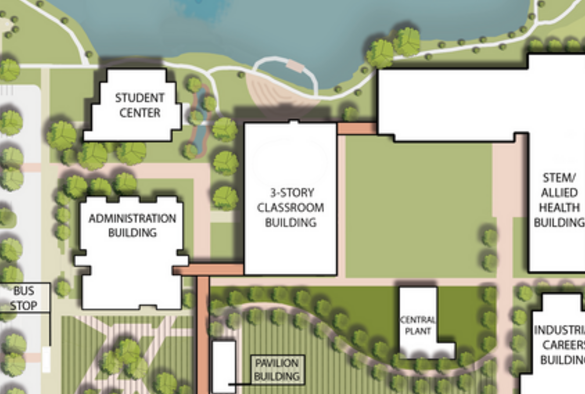Even in the most uniform of circumstances, scheduling programs for students can be a challenge because of professor and student schedules (without the added complexity of varying room sizes and shapes that limit functional capacity). The largest building for classes on campus, the Technical Vocational Building, is a smorgasbord of classroom sizes and shapes which is relatively typical of the buildings on campus. The future buildings on campus and the renovations for the campus should try to ensure consistent classroom shapes and sizes for both lecture and lab units to allow for the maximum capacity of these rooms during periods of prime usage.
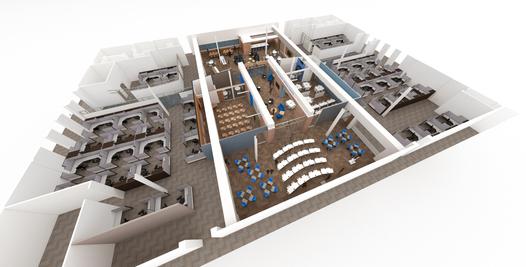
The number of parking spaces at the COM is more than what is necessary; however, numerous students pointed out that the parking is not located near any of the buildings that actually hold classes, and the parking that is near the classroom buildings is usually full. The walkability of the campus must not be compromised with parking; however, efforts should be made to add parking to the east side of campus as additional classroom buildings are constructed to avoid parking issues and long walks to class. With a ring road essentially surrounding the campus, access is not typically a problem for students. Finally, there is a medium-sized parking lot located on the campus quad that is utilizing prime central campus real estate. The College should consider removing and replacing this lot to create a more cohesive central campus core.
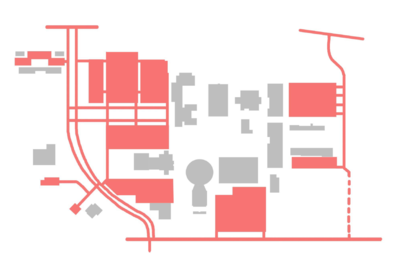

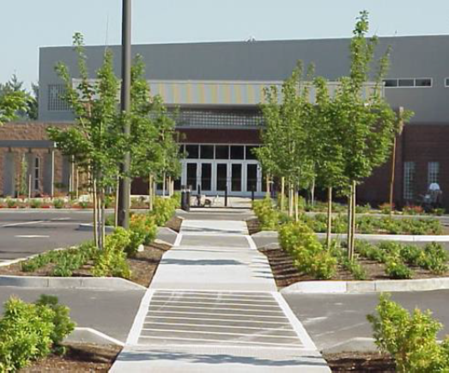
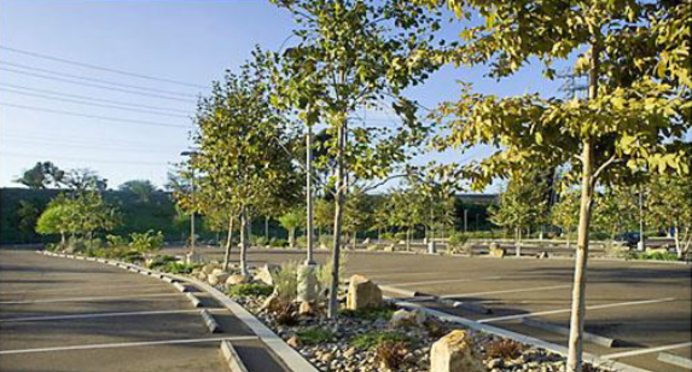
Any 50-year-old campus has mechanical, electrical, and plumbing issues in addition to challenges when trying to integrate the latest technology into aging infrastructure. College of the Mainland is unique in that so much of its infrastructure is the same age and past its serviceable life expectancy.

Every building on campus by the end of the master plans realization should be equipped with multiple next-generation learning environments. The ability of the college to integrate these spaces into existing buildings will allow those staff and students that may not have programs housed in new buildings to still be able to offer the collaborative, technologically advanced learning environments found in the newly constructed buildings. Research has shown that existing classrooms and labs can be transformed into these modern spaces without major redesign or expense, simply the will to change. The College must make every effort to engage their staff and students to make the most of these non-traditional classrooms and technology infrastructure to ensure they maximize their learning opportunities and college experience. Whether it be simple technological injections such as touch screens, interactive computers, or entire small group learning environments, every opportunity must be sought to create these spaces in classrooms, corridors, and between buildings to maximize the instructional capacity of the College’s learning infrastructure.
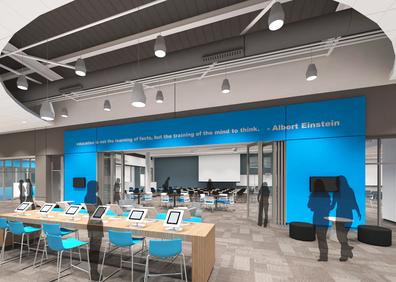
Prospective students when they dream of going to college they have a vision pulled from all of the colleges they have visited or seen in movies or on TV. These collective experiences create a distinct expectation of the look and feel of being in college. When students come to the College of the Mainland, there needs to be a sense they have arrived at a place that is better than the high school that they attended. Every initiative in this master plan is focused on elevating the collegiate experience for current and prospective students. Everything from renovating the band hall, branded food service, and new wayfinding signage all the way to brand new purposefully built facilities designed to create amazing collegiate experiences for every student at the College of the Mainland.
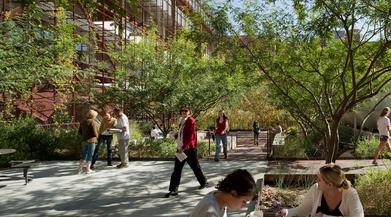
The lack of accessibility and ease of travel to and within the college campus can deter a student from enrolling, confuse current students, and provide for a frustrating time for all. Great campus wayfinding offers clear direction, is accessible, and blends effortlessly into its environment, making the college experience more pleasant. During the planning team’s visits, it was oftentimes hard to find our way on campus even though we had site plans and maps of them. Hidden paths and misplaced landscape make visual connectivity difficult, and the overall feeling was one of disorientation.
Parking and Vehicular signage would be next on the priorities, and key sign locations have been spread throughout each of the parking areas, including light poles to allow for safe arrival at a parking area. The purple dots represent some ideal locations on this campus. Pedestrian Signage and Maps / Displays will allow the navigator clear opportunities to succeed in finding their end destination once they have left their vehicle. These signs are dispersed throughout the campus properly and are critically important when sites have more than one building. Here they are represented by the blue and yellow dots and are spread throughout the new quad and between buildings where visitors could get easily misguided.
Wayfinding and Signage are really about the branding of College of the Mainland as these elements will serve not only as clarity but will also be a marketing tool and can be iconic memories for potential students and visitors alike as they can have a huge impact on the overall aesthetic of the campus.

The first new building project recommended by the master planning team in the 2022 update is a new Library and Classroom building. The existing Learning Resource Center (LRC) building on campus no longer meets the functional requirements necessary for the growing campus and upgrades and deferred maintenance costs required to renovate and bring up the existing LRC to those standards would be greater than the current need for the space as well as additional classroom space for new academic programs that the college is bringing online. The new facility is proposed to be a 4-story building that is approximately 134,000 gross square feet and will include additional classrooms and faculty office space for the new programs as well as replacement space for the classrooms and offices that were built into the shell space of the Industrial Careers Building, allowing that space to be considered for the growth of the programs within the Industrial Careers Building. The new Library and Classroom building will also incorporate a tiered auditorium with a larger stage to be utilized for lectures, presentations, and musical performances. By locating the new Library and Classroom Building to the north of Parking lot D, where the Technical Vocation Building was originally, the building and public spaces within are now more accessible to the community and the public without having to walk through the main academic areas of campus.
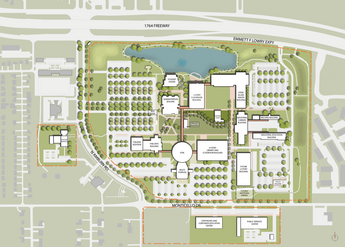
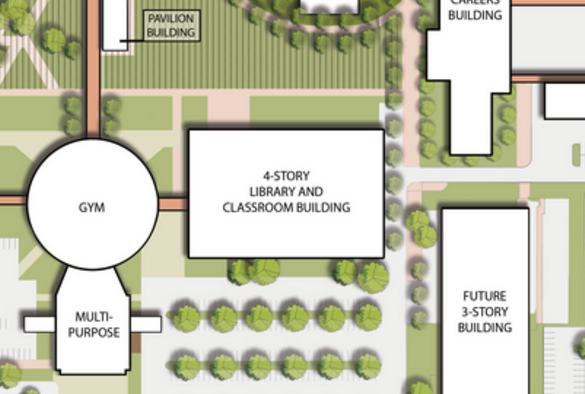
In an effort to free up space on the main campus and expand the college’s footprint, it is recommended to build a new Public Services Center on the college’s property on the South side of Monticello Drive. This facility would relocate and expand the training abilities and much-needed storage beyond the current space on Amburn Road while also giving indoor parking for the college’s emergency response vehicles to protect them from in-climate weather. The new facility would also allow for all Public Service training to occur at the same facility by incorporating a new firing range so that the existing one can be demolished to free up space on the main campus and due to the renovation and HVAC infrastructure upgrades that would be required with the existing firing range. The new Public Safety Center would also have a training tower and ample outdoor space for physical training.
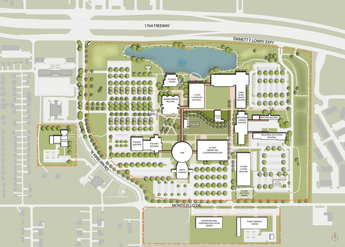
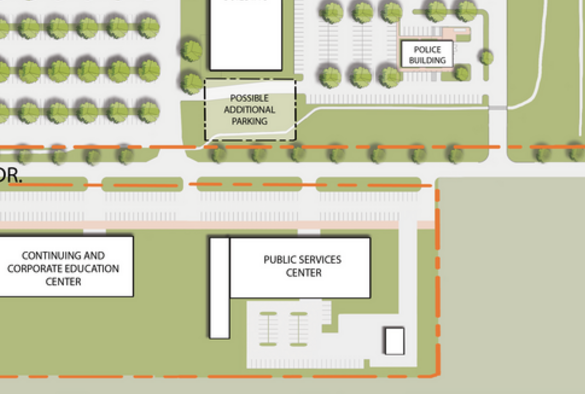
The College of the Mainland is in need of a new facility for corporate and continuing education. It is recommended by the master planning team that this facility be located on the college’s property on the South side of Monticello Drive due to users for this facility not being students, but workers seeking continuing education training. This would allow for the main student population and the non-students to not share space and mix at the academic heart of the campus.
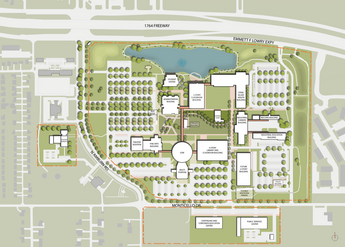
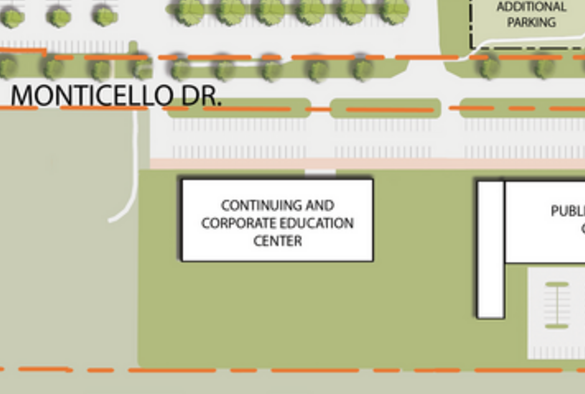
To allow for future growth at the heart of the campus, the master planning team recommends renovating the existing 9,250 square foot Public Services Center in the new College Services Building with a 5,750 gross square foot addition as well as relocating the existing 3,300 square foot pre-engineered metal storage building to this site. This renovation would include necessary infrastructure upgrades to the building’s mechanical, electrical, and plumbing systems, new interior finishes, and new exterior finishes to blend with the aesthetics of the buildings that have been constructed on the campus.
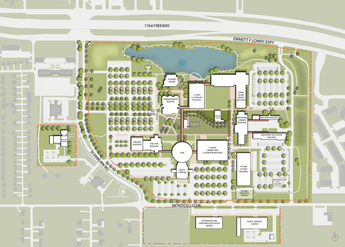
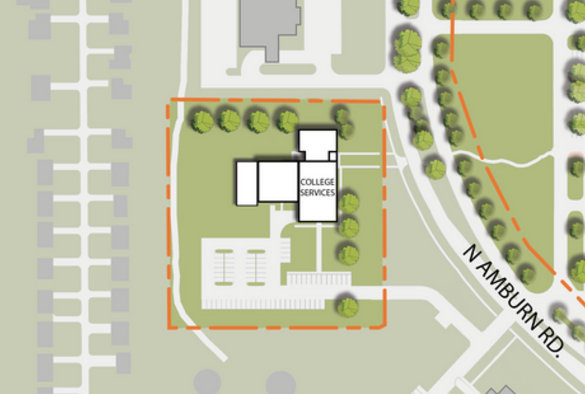
Due to this existing 8,400-square-foot building being primarily open bay lab spaces and the major cost of a facility of this type is the structure and utility infrastructure, which is already in place, it is the recommendation of the master planning team to keep this existing building with a small 5,000 gross square foot addition. The scope would also include code and life safety upgrades as well as adding new materials to the existing facades to aesthetically blend better with the new buildings on campus, possibly including replacing the metal overhead doors with glass overhead doors.
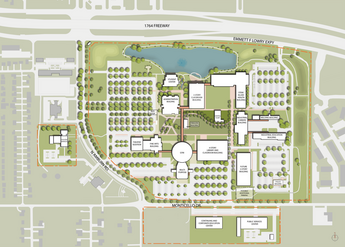
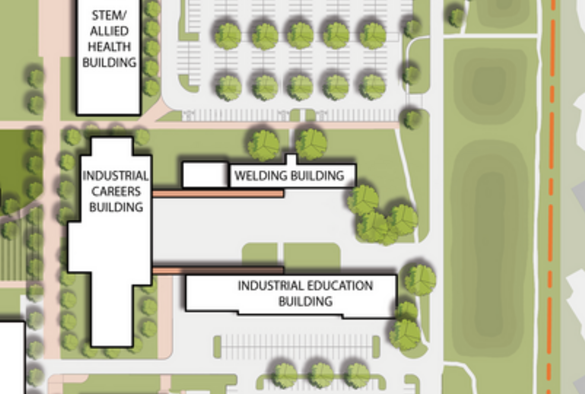
Due to this approximately 22,250 square foot building being primarily open bay lab spaces and the major cost of a facility of this type is the structure and utility infrastructure, which is already in place, it is the recommendation of the master planning team to keep this existing building upgrades for mechanical, electrical, and plumbing infrastructure as well as code and life safety upgrades as well as adding new materials to the existing facades to aesthetically blend better with the new buildings on campus, possibly including replacing the metal overhead doors with glass overhead doors.
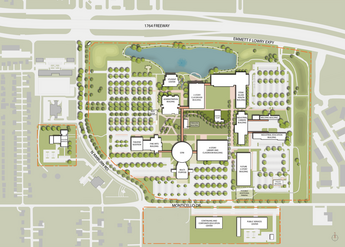
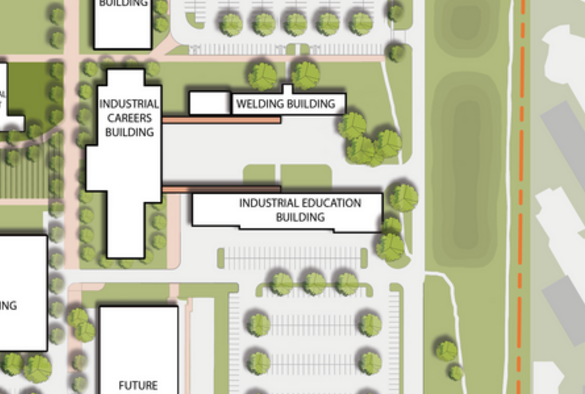
The new 65,000 gross square foot 3-story Classroom building allows for classroom and program expansion to occur at the heart of the campus between the Student Center and the STEAM building giving access to the central plaza as well as an outdoor amphitheater style classroom to the north along the lake. The building will consist of common spaces as well as state-of-the-art general education classrooms and faculty offices to be primarily utilized by the College of the Mainland students and faculty.
